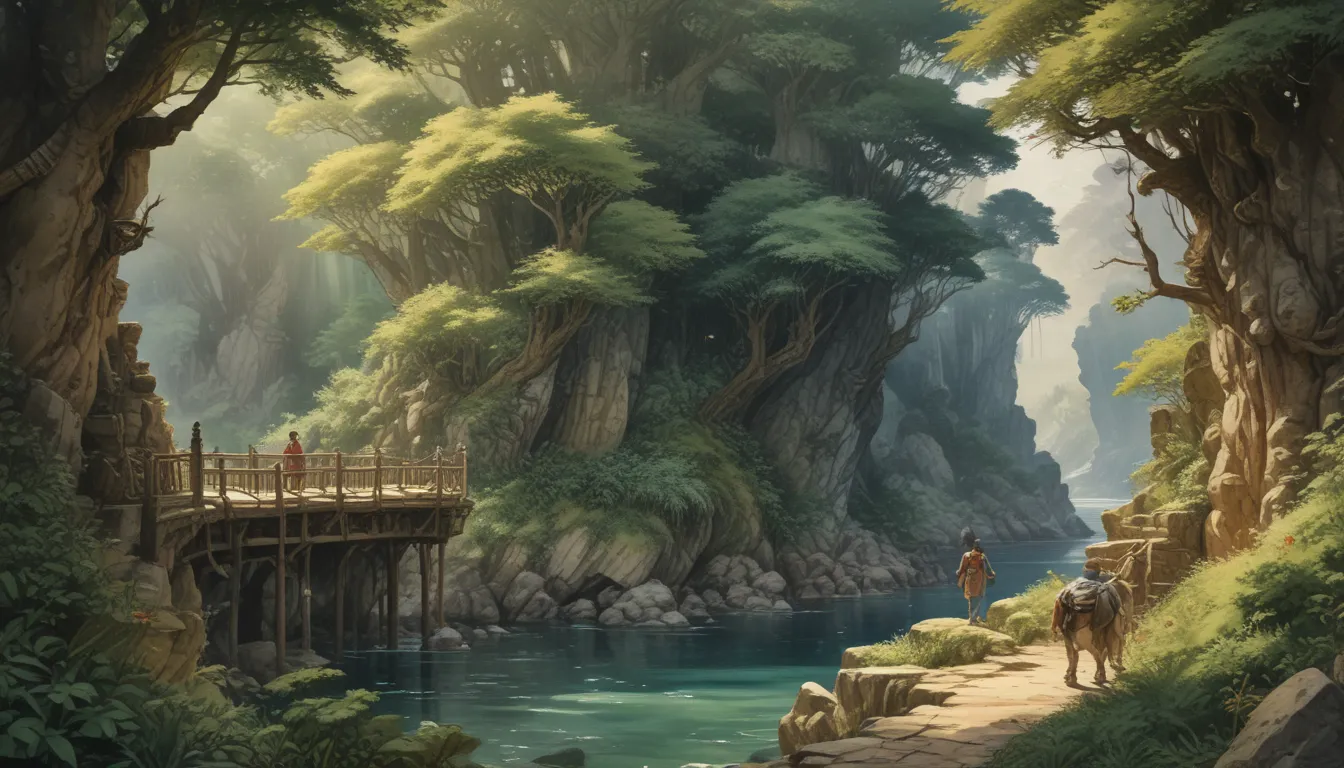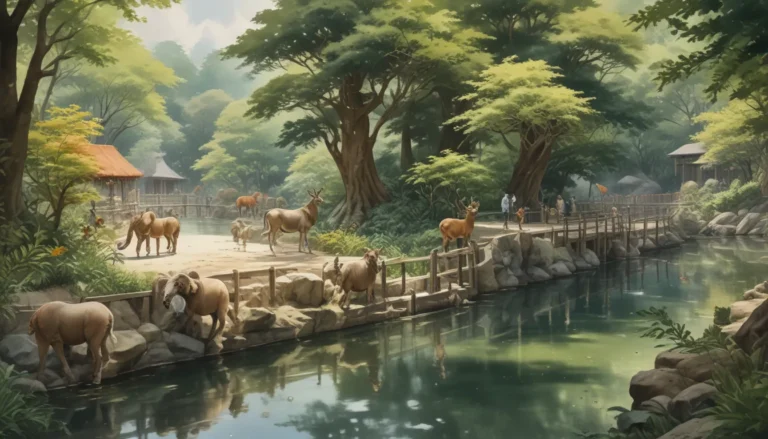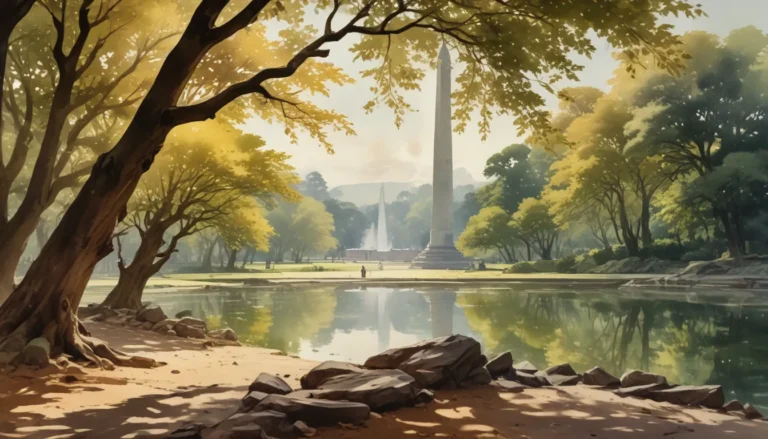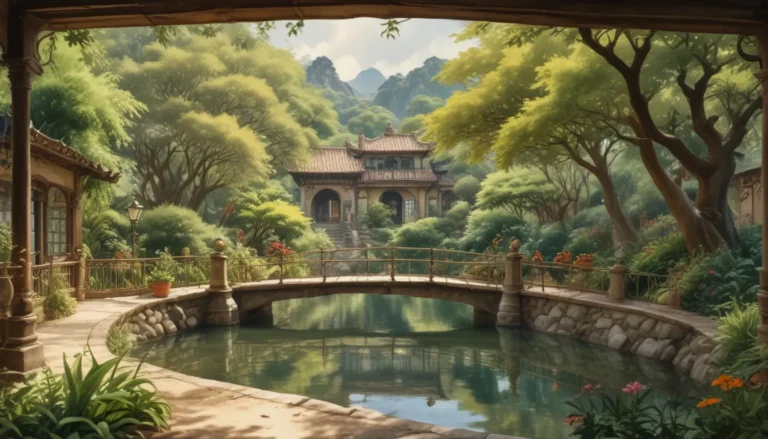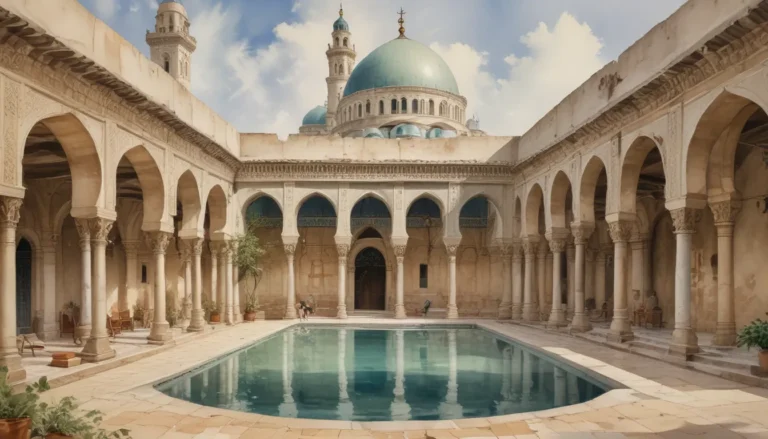The images in our articles are for illustrative purposes only and may not exactly match the content. They are intended to capture your interest and complement the text, not to replace it.
Ancient Roman civilization is a treasure trove of history waiting to be discovered. Nestled near modern-day Naples, Italy, Herculaneum stands as a testament to the opulence and sophistication of ancient Roman life. Often overshadowed by its more famous counterpart, Pompeii, Herculaneum offers a unique glimpse into the lives of its inhabitants before being frozen in time by the catastrophic eruption of Mount Vesuvius in 79 AD.
Unveiling the Mysteries of Herculaneum
Herculaneum, a once-thriving Roman town, exudes wealth, luxury, and advanced infrastructure. Here are 8 intriguing facts that illuminate the significance of this ancient site and will make you appreciate its rich history:
- Herculaneum was buried by the eruption of Mount Vesuvius, preserving its ruins amidst the ashes.
- It offers a remarkably well-preserved insight into daily life in ancient Rome.
- The town was a hub of wealth and luxury, catering to the elite of Roman society.
- Advanced systems of infrastructure, including sewage and water distribution networks, set Herculaneum apart.
- Herculaneum houses the only surviving ancient Roman boat, known as the “Hercules.”
- The excavation of Herculaneum has unearthed stunning frescoes and mosaics that depict daily life and artistic achievements.
- Ongoing archaeological work continues to reveal new discoveries about this ancient Roman town.
- Visitors to Herculaneum can immerse themselves in the preserved buildings, offering a unique journey back in time.
The Glorious Past of Herculaneum
Herculaneum stood as a testament to the prosperity and sophistication of ancient Roman life. The town was inhabited by the wealthy elite, who adorned it with luxurious villas, intricate mosaics, and vibrant frescoes. These opulent displays showcased the affluence and artistry of its residents, providing a window into a bygone era of riches and extravagance.
Frozen in Time: The Catastrophic Eruption
In 79 AD, Mount Vesuvius erupted, burying Herculaneum under a mix of ash and volcanic mud called a lahar. Unlike Pompeii, which was covered in ash and lapilli, Herculaneum’s unique preservation allowed archaeologists to uncover a wealth of information about daily life in ancient Rome. The eruption sealed Herculaneum off from the elements, preserving its ruins for centuries to come.
Architectural Marvels and Engineering Feats
Herculaneum boasted advanced infrastructure systems that showcased the technological prowess of the ancient Romans. From an ingenious sewage network to a well-developed water distribution system, the town’s engineering marvels demonstrated a level of sophistication that was ahead of its time. These innovations spoke to the ingenuity and forward-thinking nature of Herculaneum’s inhabitants.
The Legacy of the Ancient Roman Boat
The discovery of the ancient Roman boat, known as the “Hercules,” was a significant archaeological find in Herculaneum. This well-preserved vessel offers valuable insights into maritime trade and transportation during ancient times. The boat stands as a tangible link to the town’s maritime history, shedding light on the importance of trade and commerce in the ancient Roman world.
A Canvas of History: Stunning Frescoes and Mosaics
The excavation of Herculaneum has revealed a treasure trove of artistic masterpieces in the form of stunning frescoes and intricate mosaics. These artifacts depict scenes of daily life, mythical stories, and religious imagery, providing a glimpse into the artistic achievements of the ancient Romans. The vibrant colors and intricate details of these artworks paint a vivid picture of life in ancient Herculaneum.
The Endless Discoveries of Herculaneum
Herculaneum remains an active archaeological site, offering a continuous stream of new discoveries and insights into its rich history. Ongoing excavations and research efforts fuel the intrigue and fascination surrounding this ancient Roman town. With each new find, Herculaneum’s legacy is further solidified, captivating history enthusiasts and curious travelers alike.
Exploring Herculaneum: A Journey Through Time
As you step into the preserved ruins of Herculaneum, you are transported back in time to a world frozen by the forces of nature. The beautifully preserved buildings, intricate mosaics, and vibrant frescoes offer a unique window into the daily lives of ancient Romans. From exploring opulent villas to marveling at ancient artifacts, a visit to Herculaneum is a journey through history unlike any other.
Unveiling the Answers to Your Questions
- How was Herculaneum preserved so well?
Herculaneum was buried by a thick layer of volcanic material, including ash and pyroclastic flows, which sealed the city off from the elements and prevented decay. - Can you visit the preserved buildings in Herculaneum?
Yes, visitors can explore the remarkably preserved buildings, including houses, shops, and public baths, offering a unique insight into daily life in ancient Herculaneum. - How long does it take to visit Herculaneum?
The average visit takes about 2-3 hours, but it is recommended to allocate at least half a day to fully appreciate the site. - Is Herculaneum accessible for people with mobility issues?
While some areas may pose challenges, accessible pathways allow visitors to experience a significant portion of Herculaneum. - Are guided tours available at Herculaneum?
Yes, guided tours led by knowledgeable guides offer in-depth knowledge and understanding of the site’s history and significance.
Captivating History Awaits at Herculaneum
Herculaneum stands as a living testament to the grandeur and tragedy of ancient Roman civilization. From the captivating frescoes to the intricate mosaics, the town’s treasures offer a glimpse into a world long past. Whether you are a history enthusiast or a curious traveler, Herculaneum beckons with its captivating blend of art, history, and archaeology. Immerse yourself in the wonders of this ancient Roman town and uncover the secrets of a bygone era.
